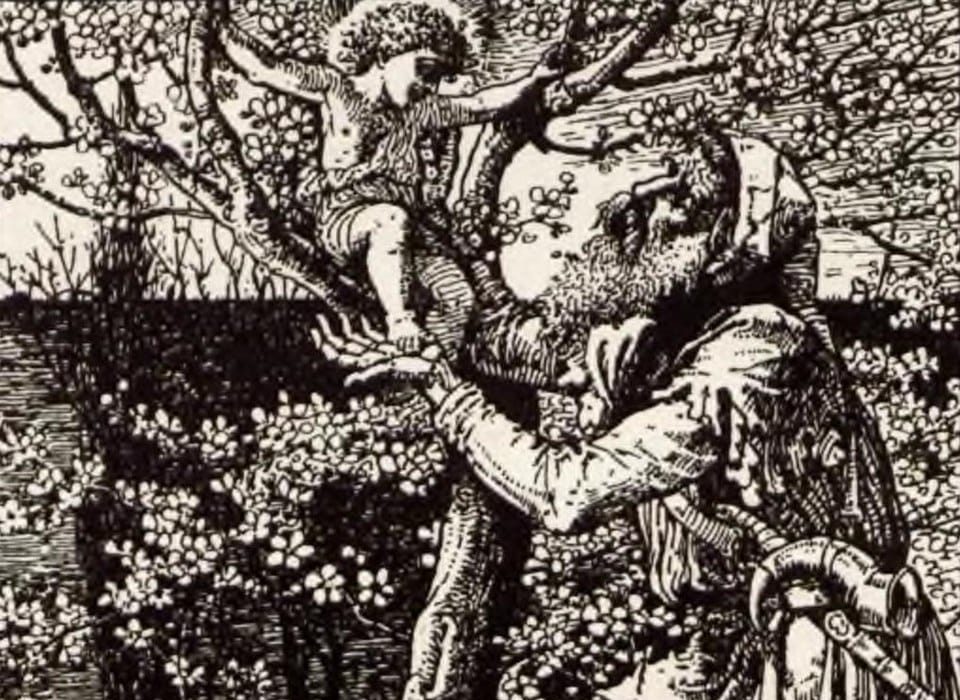When thinking about the many iterations of Robin Hood, it’s hard to not think about the idealized version of the outlaw bandit. The author, Roger Lancelyn Green, wrote a perfect depiction of the folk hero in The Merry Adventures of Robin Hood.
For this post, we are going to examine The Adventures of Robin Hood by Roger Lancelyn Green. The novel is a children’s book that tells the tales in a straightforward and exciting way.
Background
Green was born in 1918 and “lived in Oxford and at his family home in Cheshire” (Bookroo). As a background and careers man, he worked as a librarian and a teacher. He also spent his time on retellings, including Egyptian, Greek, and Norse Legends. Moreover, he wrote a biography for the author of The Chronicles of Narnia, C.S. Lewis.
Book Blurb
From Amazon: “The classic story of social justice and outrageous cunning. Robin Hood, champion of the oppressed, stands against the cruel power of Prince John and the brutal Sheriff of Nottingham. Taking refuge in the vast Sherwood Forest with his band of men, he remains determined to outwit his enemies.”
From Goodreads: “Recounts the life and adventures of Robin Hood, who, with his band of followers, lived as an outlaw in Sherwood Forest dedicated to fighting tyranny.”
Reviews
Currently, The Adventures of Robin Hood has a 4.07 on Goodreads with 13,834 ratings and 430 reviews. Of those reviews, 5,256 are five-star reviews while 100 are one-star reviews.
While there are no reviews on Goodreads, Amazon’s five-star reviews highlight its ability to teach lessons. For example, there are lessons around “being good does not always mean following the rules.” These simplistic lessons resonate with reviewers because they are easy to understand. Similarly, others pointed out that it was “beautifully written” and was a good read aloud book for children.
Conversely, one-star reviews point out that it’s “the rewritten kids version,” and that it’s a “kid’s books. Not for over twelves” with “nothing original in there.”
Impressions
As an adult, I still love children’s books. As such, I go back to some of my favorites from time to time. These include Roald Dahl’s stories, Artemis Fowl, Harry Potter, etc.. I think there is a wealth of feeling and love under the surface of those books. Additionally, there is a reason that they have such an impact on us as children that we take to adulthood.
With that said, what follows is some of the syntax in the novel. I find it to be appropriate for young and adult readers, as it seems more complex than some modern writers.
The text states: “Although it was a hundred years since the Battle of Hastings, there was no real peace in England. William the Conqueror had divided the country amongst his followers, only in special cases leaving the old Saxon Thanes the ownership of even a small part of what had once been their properties.”
As stated above, I would not necessarily say that the inner-workings and political workings of post-Hastings Europe is “childish.” Regardless, I can understand that some people want a challenge when it comes to the old ballads and songs about Robin Hood and his merry men (I’m one of them). Yet, I also see the value in the stories of Robin Hood. Especially his symbology as a seeker of justice, and his status as an outlaw.





Leave a comment